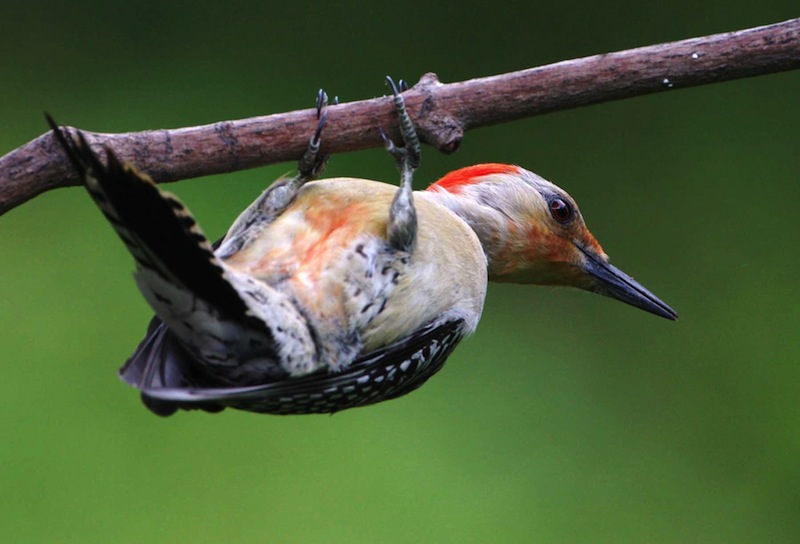
If you think it’s too late for you to work on an old-fashioned science project, think again.
From Feb. 15 to Feb. 18, you can participate in the annual Great Backyard Bird Count, which relies on the average citizen to collect important data about birds. And for the first time in the project’s history, the GBBC will be open to people all over the world.
Part of the reason for the international move was because the count has been such a big success over the past 15 years, thanks to all the participation from bird lovers and loyal participants. If you’ve taken a year off or have never done it, make an effort this weekend to join in this important project.
Here’s how to do it:
1. Starting Feb. 15, make an account at birdcount.org. If you already have an account with eBird, Nestwatch, YardMap projects or Project Feederwatch, you can simply use that login information.
2. Count birds anywhere for at least 15 minutes. The great thing about the GBBC is that you can do it in your backyard, at the park or walking down the street. You don’t need to be standing in one place (though you can if you want), but you do need to make your best estimate of how many individual birds you saw of each species.
3. Then enter your lists online. You can do it as many times over the course of the four days until Feb. 18.
It’s as simple as that. Use the GBBC as an opportunity to spend time with someone you love and connect them with nature in a way that’s beneficial to science.
Here’s a quote from one of the GBBC’s press releases:
“The GBBC is an ideal opportunity for young and old to connect with nature by discovering birds and to participate in a huge science project,” said Gary Langham, Audubon’s Chief Scientist. “This year, we hope people on all seven continents, oceans, and islands, will head out into their neighborhoods, rural areas, parks, and wilderness to further our understanding of birds across the hemispheres.”
I’m looking forward to seeing the results of the count and what types of larger conclusions they can draw from more widespread data.



1 Comment
I found a young Northern Flicker this weekend, in Lincoln Ne that appeared to need help, but when I went to rescue him he was gone. How can I send you a picture?